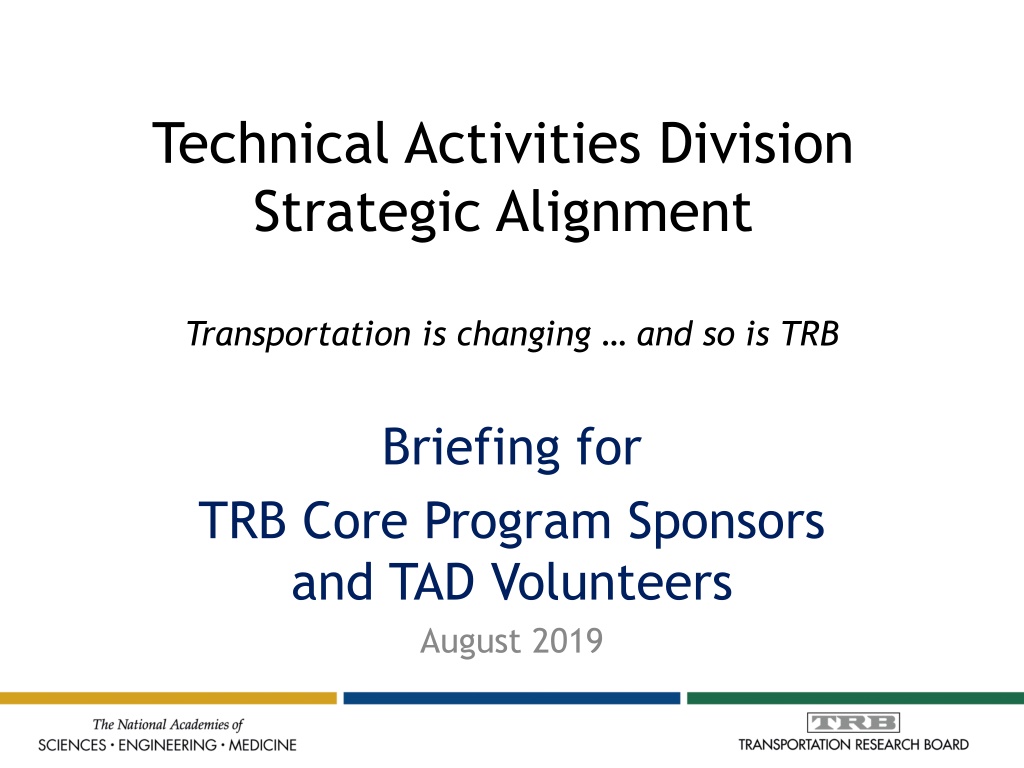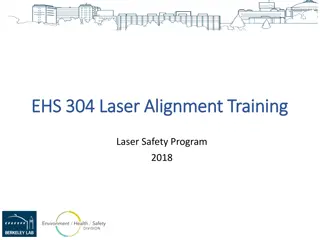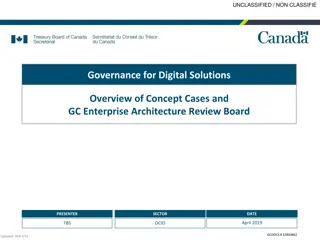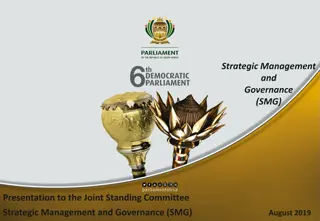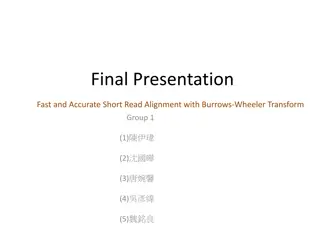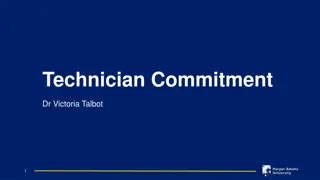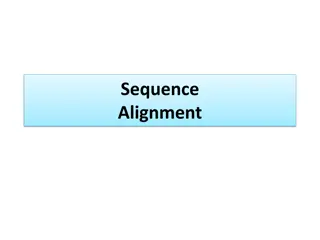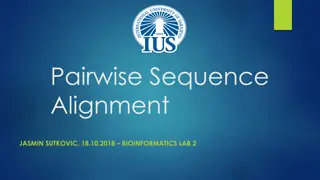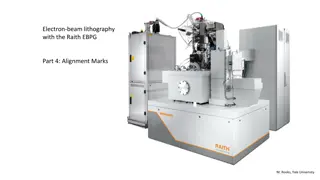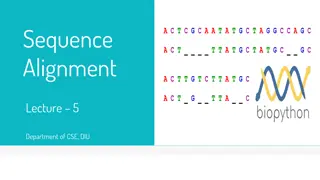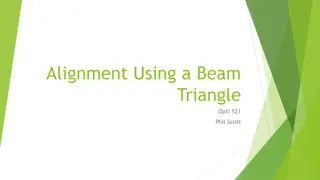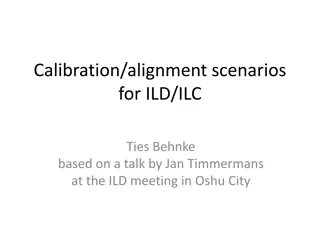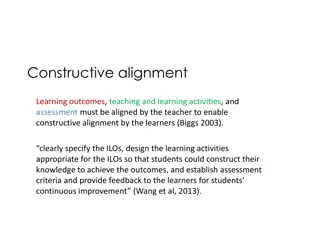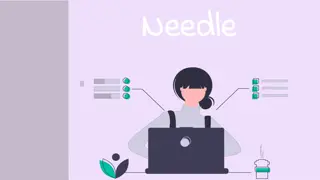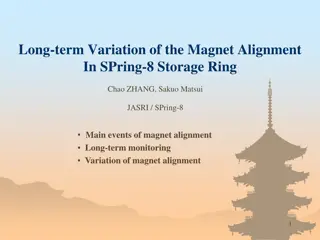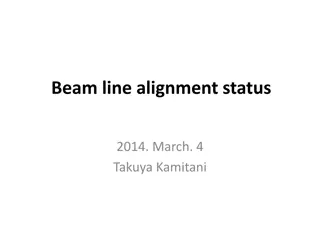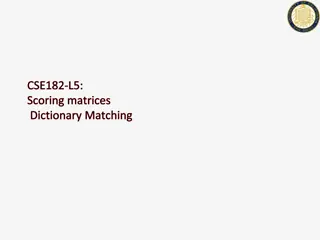Technical Activities Division Strategic Alignment
Transportation Research Board (TRB) is embracing change to meet the evolving needs of transportation through strategic alignment. With a century of experience, TRB continues to be a hub for innovation and collaboration, offering a platform for diverse voices to shape the future of transportation practices and policies.
Download Presentation

Please find below an Image/Link to download the presentation.
The content on the website is provided AS IS for your information and personal use only. It may not be sold, licensed, or shared on other websites without obtaining consent from the author. Download presentation by click this link. If you encounter any issues during the download, it is possible that the publisher has removed the file from their server.
E N D
Presentation Transcript
Technical Activities Division Strategic Alignment Transportation is changing and so is TRB Briefing for TRB Core Program Sponsors and TAD Volunteers August 2019
Technical Activities Standing Committees Our origin story our identity TRB stands for evidence-based development of knowledge and practice and for transportation innovation in service to the country For a century TRB has been serving the country through our volunteers expertise and our institutional mission, standards and reputation TRB began as the National Highway Research Advisory Board in 1920 Founded to help the country prepare for that era s transformational technology the automobile TRB s volunteer committees identified gaps in knowledge and practice that would require research and field testing and guided that research to help fill those gaps By the 1970s TRB s mission had become multi-modal, growing over the years to include everything from bus rapid transit to shared mobility and freight data management and much more
On the Cusp of TRBs Second Century Once again, transportation is undergoing a period of rapid and transformational even disruptive change The opportunities and challenges facing transportation are precisely what we are made for, and TRB is prepared to offer: An institutional history and reputation for national service and for independent, balanced approaches to research and innovation that can inform transportation practice and policy A big tent in which everyone can come together as equals government, industry, and university; young people starting their professional journey and the profession s leading light s; CEOs and technical experts An environment in which any and all ideas can be proposed, debated, and tested on the basis of their merit A body of dedicated volunteers with experience in every mode of transportation and expertise from a wide array of disciplines, bringing perspectives from across the country and around the world To remain healthy and vital, an organization must be able to change as needed to continue to meet its essential mission in new contexts This is why we are embarking on a strategic alignment
TAD Strategic Alignment Focus on mission, quality, and impact Components: Review and updating of committee structure Improvement of committee processes, activities Re-engineering conference processes Re-engineering Transportation Research Record Evaluation of internal staff structure and processes This presentation focuses on committee structure
Objectives of Strategic Alignment Ensure that we are able to address critical and emerging transportation issues Leveraging the multimodal, multidisciplinary, and multi-sectoral expertise on our committees Adjusting our processes to be more responsive to the faster pace of change in transportation today Attract broad & deep volunteer expertise, including from new disciplines and sectors Continue to increase the quality of our products and services by updating systems and using best practices Magnify the impact of our work through better communication and dissemination Attract financial support from a wider array of sources by demonstrating the value and impact of TAD activities
Committee Restructuring Mature Tree Pruning Healthier Tree
Objectives of Committee Restructuring Refresh Technical Activities committees to better identify and deliver transportation innovations to serve the country Attract and nurture the next generation of volunteers Foster greater collaboration across committees, building on our unique structure of multiple modes, disciplines, and sectors Create mechanisms to maintain a sustainable and agile organization well into the future
Key Principle TAD Committees exist to identify critical issues and investigate and communicate evidence-based approaches to transportation issues they should be focused on transportation research and innovation from generation and dissemination of new knowledge to implementation of solutions They are not (merely) communities of practice they should not be mostly members of a specific group They are not (necessarily) mirrors of other transportation organizations, or other external groups, laws, regulations TRB is uniquely able and should be expected to break through existing silos if necessary to promote research and innovation Committees should collectively cover the spectrum of research & innovation stages
Process to Date 2016: Preliminary work by TAC working groups on ideas for improvements 2017: Committee contributions to critical issues 2018: Group Executive Board engagement on priorities 2019: January: TAC, decision to go forward, initial discussions with Group Boards March: Group, Section, Committee Chair input May: Group and Section chair workshop June: TAC meeting: Woods Hole Structure produced; Executive Committee support obtained
Woods Hole Group Structure 11 Groups: Policy and Organization: focus on executive level issues Planning, Methods, and Data Transportation Resilience and Sustainability: NEW Highway Infrastructure: full life-cycle Safety and Operations Transportation Users: NEW Public Transportation Rail Aviation Marine Freight Systems 17 Sections (-23%) ~174 Committees anticipated (-18%) Also: Make key subcommittees more visible. Use website to make issues visible that aren t clear from committee titles. Use joint subcommittees to promote crosscutting work.
Next steps August-September 2019: committee chair consultations, sponsor outreach Late September 2019: final structure decided October 2019: structure documented and announced October-December 2019: detailed implementation plans Chairs, members, rotation plans Staff assignments IT changes April 2020: new structure mostly implemented Jan 2021 Annual Meeting TRB s 100th Annual Meeting Sessions organized by new committees All new committees meet, many perhaps for the first time
Are the changes completed? A goal of this effort is to create a culture in which change can happen more easily and to put processes in place that will support more agile change This structure is not perfect no structure will be We will gather input on how this structure is functioning and may make small adjustments in a year or two We will review all committee scopes, activities, membership to ensure that they are aligned with mission and current context; this may lead to additional changes as well We will develop procedures for regularly assessing and adjusting committee structure to keep TAD committees fresh through targeted changes, reducing the need to perform periodic comprehensive restructuring.
What does this mean for volunteers? Some committees/sections/groups will be moved, merged, or disbanded Some new groups/sections/committees will be created All volunteers and sponsors will have the opportunity to offer input through an online survey Details will be worked out for each group or section but in many cases current chairs and committee members will be able to complete their terms, though perhaps in a different role With a culture more open to change, adjustments will be possible in the future We hope volunteers will see this as an opportunity to explore new ideas and connections
What does this mean for sponsors? We intend that critical priorities of sponsors will be addressed in a clearer and more effective manner Subcommittees to be given more visibility Let us know via the online survey if something major is or appears to be missing As always, the involvement of your staff brings your issues directly to the committees that can address them A more nimble structure will allow us to move more quickly to address new topics More regular assessment of committees and activities promotes best use of your investment
What about the 2020 Annual Meeting? The 2020 Annual Meeting will go ahead as anticipated: all current committees will plan the sessions they normally would plan and hold the meetings they normally would hold Between announcement of the new structure in October and the meeting in January, additional implementation details will be worked out The 2021 Annual Meeting our 100th will be planned by the new committees
What else do I need to know? TRB has established a website at: http://www.trb.org/AboutTRB/TADStrategicAlignment.aspx You will find links to: The current committee structure The new Group and Section structure with committee topics Frequently Asked Questions (FAQs) A brief online survey to gather input
Most importantly Thanks to our sponsors for your financial support, volunteer participation, and transportation leadership. Thanks to our volunteers for your dedication and service. TRB depends on sponsors and volunteers like you to achieve our mission. If any group of people is well-suited to carry out strategic change, it is TRB s community of sponsors, volunteers, and staff who have consistently demonstrated their commitment to innovation and service for 100 years!
Questions? Comments?
